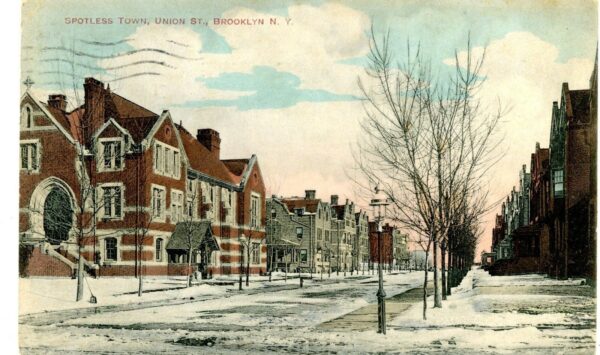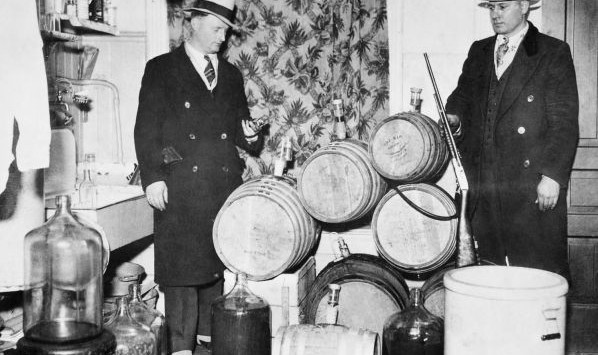A SPOTLESS TOWN IN SPOTTY CROW HILL (1903)

******************************************************************************************************************************** Brownstone Detectives investigates the history of our clients’ homes. The story you are about to read was composed from research conducted in the course of one of those investigations. ******************************************************************************************************************************** It was a novelty back then. An entire block of newly built houses was connected with underground cast iron heating pipes. “They’re all heated from a central heating plant,” the ad for the new houses stated. “To be free from worrying about the heating of one’s house is a blessing that you’ll appreciate.” “SPOTLESS TOWN” Frederick W. Rowe built them, and may have been inspired to use the name by a recent Broadway musical of the same title (which incidentally featured “a pair of midgets in a baby elephant costume and a dog trained to grab culprits by the seat of the pants” – it closed after one week). Who could fail, though, to see the sense of using a known name – one which, additionally, augured cleanliness?. Buyers were more and more attracted by the new homes being built in this “Eastern Parkway” section of town. Previously known as Crow Hill, comprised of a collection of shanties and pig sties, it entered a transitional stage and would later become the upper middle class Crown Heights around 1915. And these buyers were less and less interested in living in homes that already existed in the older areas – that were…well….less spotless. So the choice of name seemed appropriate for marketing purposes. BUT…CENTRAL HEATING??? By 1903, while central heating of […]
HOOCH RAID IN A PARK SLOPE SLUM (1922)

******************************************************************************************************************************** Brownstone Detectives investigates the history of our clients’ homes. The story you are about to read was composed from research conducted in the course of one of those investigations. Do you know the history of YOUR house? ******************************************************************************************************************************** Everybody was “thirsty” in 1922. Not everyone, though, wanted to pay the price of the drink. While the wet laws during the 1920s were none too popular with many Brooklynites, most of these residents, for safety reasons, though, did not want the hooch being made under their own roof. As a result, there was no shortage of citizen reports to the police of active neighborhood mash stills. Even in the slums of Park Slope. A CASE IN PARK SLOPE One of these stills was “uncovered in a flat occupied by Daniel Beshara, at 721 Union street” where it was discovered that the hooch was being made in a makeshift still in the middle of the night. Not only illegal, the operation, powered by open flames, was also dangerous. Beshara and his cousin, James Pamperi, who also lived in the building, were arrested in the act of producing mash. “In the Pamperi home were found fourteen barrels of mash,” claimed the Brooklyn Standard Union newspaper. “That dwellers in the tenements are becoming aroused over the fire peril is shown by the great number of complaining letters which have been sent” to the district attorney, demanding that he stamp out these “moonshine dens.” ASST. D.A. SNYDER TO THE RESCUE In a grand response […]